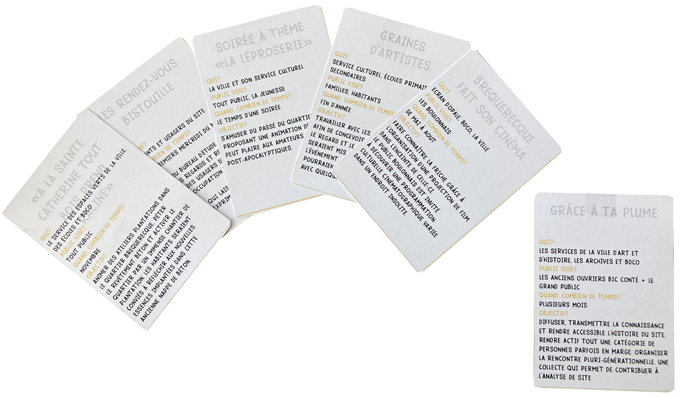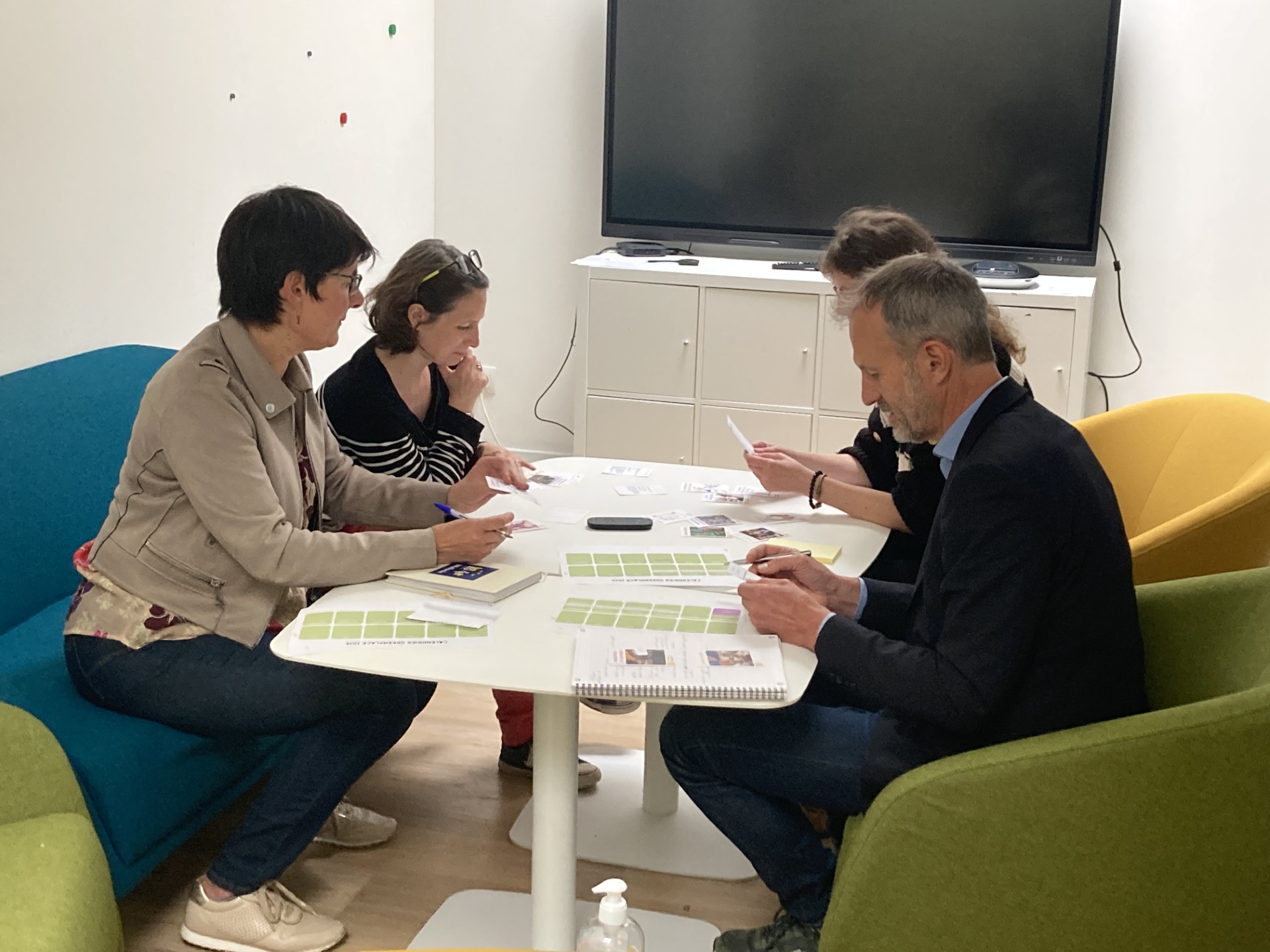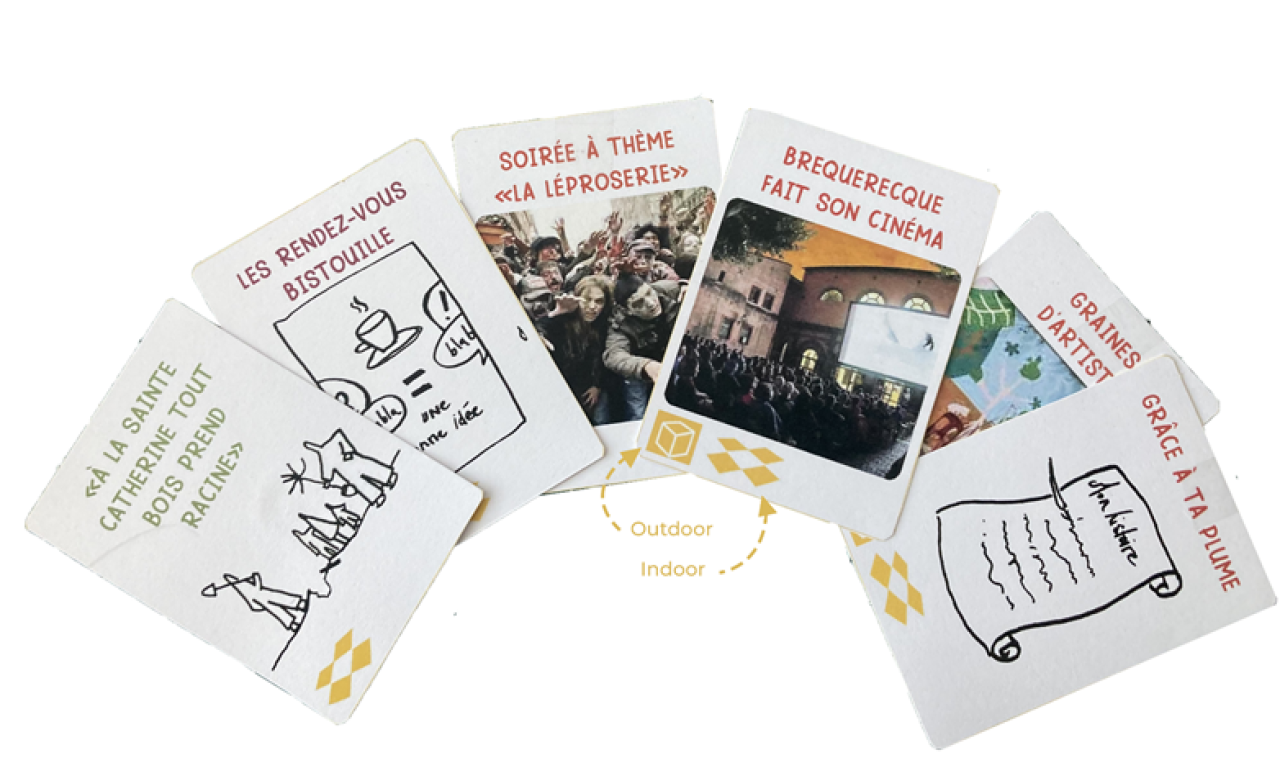The City of Boulogne-Sur-Mer is a coastal city in the north of France, with 44 000 inhabitants, (113 000 for the overall Boulogne District: la CaB). The main economic activities of the city focus on agro-food industry related to the fishing sectors: fishing as well as transformation, with some global leaders based there. The blue economy throughout the entire industry chain is crucial as well, including all levels of training, lifelong learning opportunities and a competitive hub. Other industries, such as the pen manufacturer BIC-Conté, have also been at the core of local economic activities. As a coastal area, Boulogne-Sur-Mer possesses major touristic infrastructures and assets: wild nature, preserved coasts, as well as Nausicaa, largest sea life center in Europe. The coast is classified as “Grand site national”. Yet, coastal erosion and increasing floodings are an increasing concern on the territory. Even if the unemployment rate has fallen considerably in the last few years, it still remains above the national average (8% vs 7%) and the overall population is decreasing. The City of Boulogne is experienced with public consultation, as per law requirements, but seeks to increase its co-creation potential.
Boulogne-Sur-Mer was heavily impacted by World World II bombings leaving much of its architecture impacted, except for the fortified town, which remained untouched. It has been strongly affected by postwar functionalism leading to an inadequacy of some infrastructure: in terms of building structure, usage, quality or mobility. In the area of the train station, part of the Bréquerecque neighborhood (“quartier GareBréquerecque”), a 6.5 hectare-site formerly housed several industries or activities which have now moved out of closed: a pen company (BIC Conté, 2.5 ha), a bus depot (5200m2), major trademarks, sweets company (Becasuc), tires (Pneu Fauchille) along with former municipal workshops. These forgotten buildings have led the site to become mostly a brownfield.
Card game presentation
The GreenPlace project provides an opportunity to bring together various stakeholders to design temporary activities for the site and reflect on its future. In order to work with them, Boulogne Développement designed a card game presenting various activities that can be organized on-site, classified in different categories. In total, 24 cards were created:
8 Cultural Activity Cards: Open air cinema, heritage days, Halloween party on-site, dance on-site, art on-site, etc.
2 Environmental Activity Cards: Planting and tree pruning workshops, etc.
2 Activity Cards linked to the Students’ Projects (we have students working on the project for 6 months)
2 General Activity Cards
4 Activity Cards specific to our Project Site
5 Activity Cards to start Involving Local Inhabitants: Testing new activities on site, coffee to discuss ideas, etc.
1 Joker Activity Card: A customizable activity suggested by the participants

Activity Cards
How does it work?
Each card is composed of four questions, each of them is already completed by the agency. For example, for the action “Thanks to your pen”(“Grâce à ta plume”):
Who is in charge of the action? Boulogne-sur-mer heritage department, the archives department , our agency
Which audience are we targeting by this action? Former BIC-Conté factory workers, general public, etc.
When and how long? Several months
What are our goals? Share knowledge and make the history of the site accessible to everyone. Organize a multi-generational meeting.
The ULG members were divided into three groups and were given a two-year calendar. First of all, each group got acquainted with the cards. After the first phase, each group had to select activities they would deliver over the next 2 years and suggest the leader for each activity.
After 20 minutes, each group presented their vision of a 2025/2026 calendar. This session allowed for sharing and discussing different perspectives, and each ULG member contributed suggestions for activities and organization. Some even volunteered to lead suggested activities.

ULG Meeting
Results
Thanks to this card game, our ULG members were very motivated to do the work and provided many ideas in a short period of time. Moreover, they are happy to come to our meetings when we invite them. Some of them are now very involved in the activities we will launch in 2025. We are planning to organize some of the selected activities in 2025 and beyond.
This is a replicable game card for many urban design projects, enabling local stakeholder involvement and we are happy to share our materials and tips!
Article written by Lison Epifanie, November 2024, Boulogne-Sur-Mer


